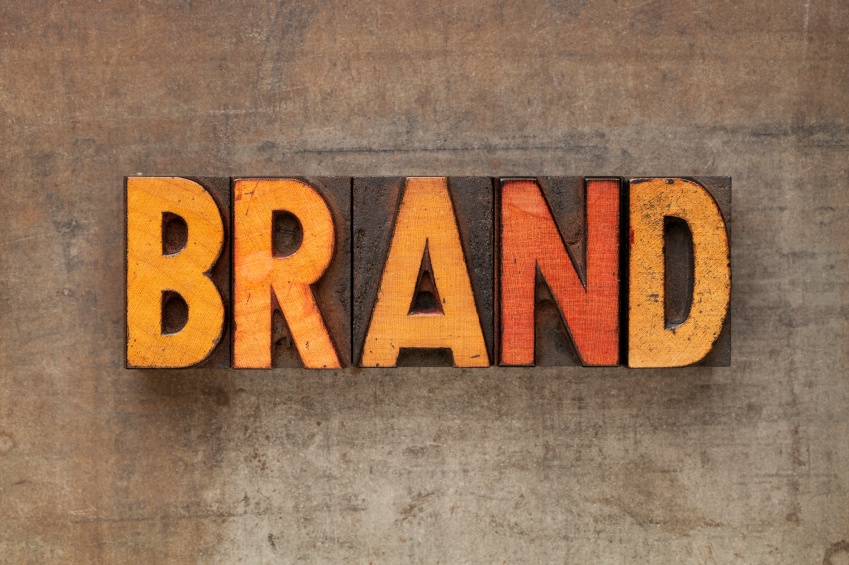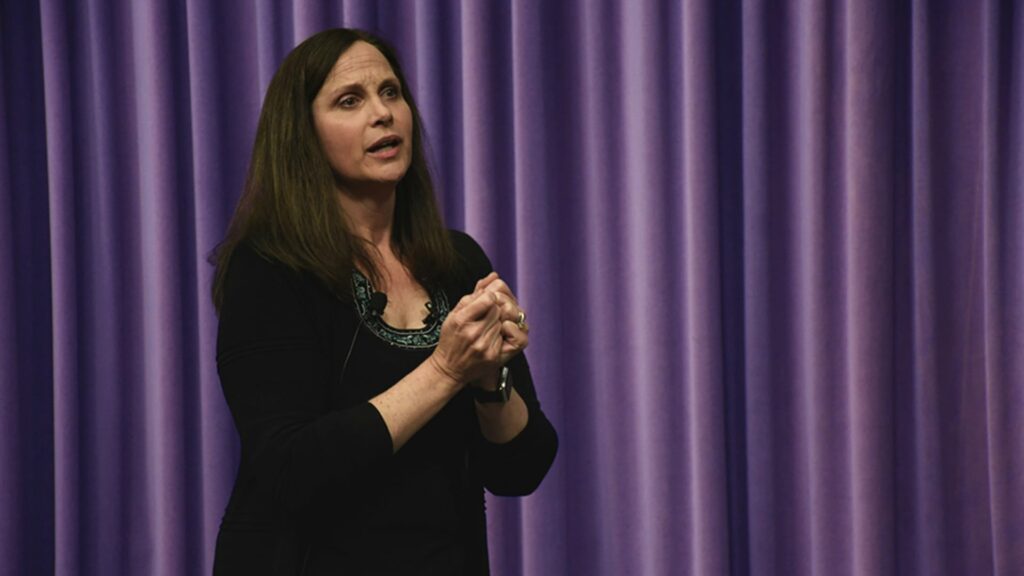
This post was originally published on Forbes.
Branding is often seen as a fluffy subject. It’s de-prioritized because it is neither tangible, nor easily measurable and belongs more to the creative types than left-brain entrepreneurs. But dismissing the importance of branding is a big mistake, especially for consumer facing companies. Branding is critical to the success of any business, both externally and internally and creating a solid brand platform will make it easier to execute all your other tasks with clarity.
Understanding Branding Is Vital
Last summer, my cofounder and I realized we had to do a proper brand review. At two years old we had evolved in our direction, in the understanding of who we were and we had doubled the size of our team. Everything had happened organically, but we had never taken a step back to communicate the changes to the team or even between each other. We were lacking a clearly defined vision, a common language and an authentic identity. Though we knew branding mattered, we didn’t fully grasp the importance of developing a strong brand platform.
What We Did Wrong
“What we hadn’t realized is that real branding also requires a certain set of tools, a framework to work with and a third party to act as the conductor.”
We de-prioritized our branding review. We thought we did not have the time or resources and ultimately, it took us a year to complete. We then had a failed attempt when we thought we could do it ourselves without any proper tools and outside help. We gathered the team together and did two sessions, one full day and one half day. Though these sessions sparked great discussions, we’ve since learned that we didn’t know which questions and exercises could help us reach a successful conclusion. Furthermore, we didn’t know how to proceed with the results of these sessions. What we hadn’t realized is that real branding also requires a certain set of tools, a framework to work with and a third party to act as the conductor.
Getting It Right
This summer, we finally did it correctly. We enlisted the help of Alexandra Sprung and Kevin Meade, two of the founders of a great European branding agency, L’Agence Simone. They’ve worked with clients like Diptyque, Champagne Perrier-Jouet and more, and provided invaluable guidance throughout this process. Here, I’ve detailed what we learned from this experience, including some of the process and tools we used, to give you an idea of what needs to be done.
In preparation:
- Conduct a customer survey to make sure you understand your customer.
- Spend time upfront with the agency to walk them through the internal and external questions as well as challenges to address.
- Ask your team to send you specific questions they want to discuss.
- Buy multiple copies of magazines in your industry or aimed at your target audience.
- Dedicate one full day to the brand discussion — all calendars must be cleared (no exceptions!)
During the branding session:
- Share the results of the customer survey.
- The agency introduces itself and its expertise.
- The agency then walks the team through their framework. In the case of Simone, it is what they call their Global Mindscape, which is a two-by-two matrix of the world of brands split into brands whose essence is based in recognition, progress, status and entertainment.
- Each of the quadrants is explained with examples of brands. The team is asked to give examples of competitors and indicate where they would fall on that matrix.
- The team must then discuss where the brand is today and where it wants to be tomorrow and place it on the matrix. This is a challenging and enlightening discussion.
- Once this is decided, the teams split into groups of roughly five to six people who are given the task to illustrate, through a collage of images taken from magazines, what they think the brand is today and what they want it to be tomorrow.
- The completed collages are taped to a wall, side by side. Each team then presents their two collages. This is a great way to visualize the team’s ideas and their common trends.
- Finally, the agency records the words expressed when discussing the collages that illustrate Boticca’s future.
After the branding session:
- The agency sends its summary and recommendations.
- Based on these documented recommendations, the founders must work with the agency to translate the results into the brand platform, which should include: vision, mission, brand statement, values, style/aesthetics, and a lifestyle statement. Limit the number of people in this session to no more than four. This session should unify all opinions.
- Share the brand platform with a few additional people on the team (perhaps one person in each department) for any final inputs. If you have an editor or writer on your team, have this person work with your platform to make it more engaging.
- In addition to the brand platform, for each department, create a second document (we called this the brand springboard) that indicates how they can apply the recommendations to their daily execution. Include some ideas, but the main purpose is for each sub team to use it as a springboard to develop their own strategy.
- Call a meeting to share the agency’s recommendations, the new brand platform and the brand springboard with the entire team. Be open to any comments where the team feels strongly. It is important for everyone to be aligned and believe in the common vision at the end of this session.
- Ask the sub teams to work on the springboard documents and give them a week to develop their new strategies.
“The process allowed the various team members to better understand each other and move forward with a common understanding and willingness.”
Though we are still implementing our findings, the results of this process have already been tremendously beneficial. The process allowed the various team members to better understand each other and move forward with a common understanding and willingness. This team dynamic and buy-in is invaluable. We now all know what we want Boticca to be. Therefore, each team can take the results of this branding exercise and incorporate them into their own daily work. Because we all share the same vision, mission and values, we are also able to communicate externally in a stronger way, thus making our USP much stronger and differentiating ourselves to our audience.
Yes, it took some time, effort, resources and coordination, but the results are already worth it. All that remains to be done is what we do every day, to execute, but this time we can do it with clarity and in unison.







